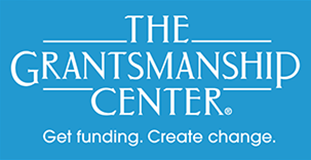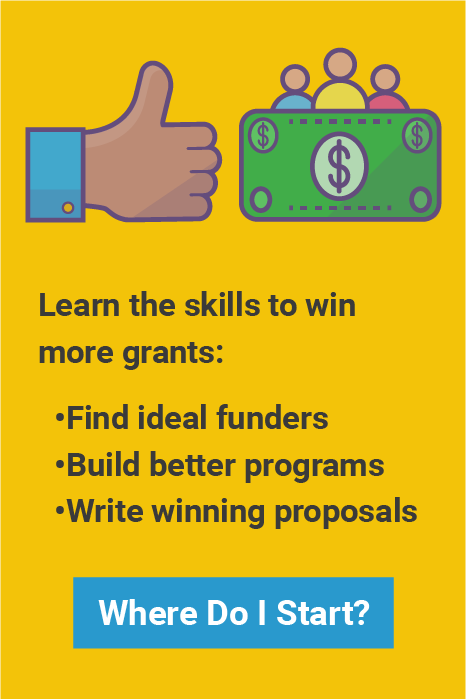
There comes a time when a proposal needs to include a logic model. Many foundations don’t require one but an increasing number are asking applicants to go beyond objectives and show, in a descriptive chart, the route you plan to take to get to the destination.
A logic model is a picture of how your program is intended to work. It’s a blueprint of the changes you expect to see from the work you do. There are essential segments in the model you’ll create: an overall mission or context for the project; “inputs,” the resources you’ll use to carry out the project; actions or activities, what you’ll do with those resources; “outputs,” the evidence of work that has been done; and outcomes, the results of the work.
This is nothing more (or less) than a thoughtful, candid planning process documented in a graphic format. It’s driven by a set of plain-spoken questions.
- why do we want to do this project?
- how does it fit the bigger picture of our community?
- what will it take to do it – people, information, infrastructure?
- what’s in the way and how do we plan to address obstacles?
- what are the actual chores of work we will carry out?
- how will we identify and document that the work has been done?
- how will we measure the results of that work?
- can we relate those results to the reasons we did the project?
A speed bump for a lot of people is the “outputs vs. outcomes” element of a logic model. This is one way to think it through. A nonprofit might get funded to offer classes in resume writing. The organization hires and trains teachers, finds space, schedules classes, recruits students and actually teaches the material. Classes equals outputs. Did any students, or all of them, write and circulate good resumes? If they did, or that’s what your model predicts, those are outcomes. In this example, we tightened the lens on resumes. This might be part of a larger and more comprehensive model addressing workforce development or placement of the graduates, in which case “getting hired” is the outcome.
Logic models can be as simple as A leads to B leads to C and success. In a multi-level, multi-year program, there can be several models nesting within the larger “roadmap.” But whatever the degree of complexity, what you’re creating is graphic evidence of thorough and rigorous planning. In proposals, you’re reassuring the funder that you’re not simply shooting an arrow, hitting something and calling it the target.
Thomas Boyd is Chief Editorial Consultant for The Grantsmanship Center
and an independent consultant to nonprofit organizations.
_______________________________________
We welcome you to link to these pages and to direct people to this information on our site.
If you'd like to use this copyrighted material in some other way, please contact us for permission: info@tgci.com.
We love to hear from you!



